₦12,500.00
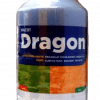

₦4,000.00
Lifeline Herbicide (Glufosinate-Ammonium) -UPL Brand
₦14,000.00
Life saver herbicide is a water-solvent non-particular, expansive range herbicide utilized for control of yearly and lasting grass and broadleaf weeds in an assortment of harvests. Help Herbicide is a non-particular, post-new herbicide that gives wide range weed control of probably the most difficult weeds, including glyphosate-safe marestail, furry fleabane, Malva and filaree. This settles on LIFELINE an amazing decision while fostering your general weed obstruction the executives methodology.
Item includes
Portrayal: Contact, Non-particular, Pre-development Herbicide
Dynamic fixing: Glufosinate-Ammonium
Definition: Soluble (fluid) concentrate
Bundling: 250 ml, 500 ml and 1L
Share:
Lifeline Herbicide
Lifeline Herbicide is a Glufosinate-based non-specific, post-developing herbicide that gives expansive range weed control of probably the most difficult weeds. It is a contact nonspecific herbicide for all-out vegetation control and a safeguarded shower under the yield shade. Lifeline Herbicide is used for Glyphosate Resistance Herbicide.
Method of activity
Lifeline Herbicide restrains glutamine creation in the weeds which prompts a breakdown in photosynthesis. This goes with Lifeline an astounding decision while fostering your general weed opposition to the executive’s procedure.
Utilizations of Lifeline Herbicide
Applications as foliar showers in trees, plants, and berry crops for control of arisen weeds.
Broadcast burndown applications before planting or harvest rise in marked column crops.
Beyond absurd applications in canola, corn, cotton, soybeans, and sugar beets are assigned as glufosinate-safe.
It could be utilized for weed control in Non glufosinate-safe cotton when applied with a hooded sprayer in-crop.
It might likewise be applied for potato plant drying up.
Crops
Cassava
Field Crops
Natural product Crops
Nuts
Oil Palm
APPLICATION Dosage
When to apply
Cassava-When leaves are 4-6 leaf stage.
Cotton-Apply preceding harvest rise.
Maize-Apply preceding harvest rise.
Soybean-Apply before crop rise.
Organic product crops and Nut-Apply as a spot treatment
Measurements
Cassava-2-3 Liter/ha,
Field crops-2-3 liter/ha,
Organic product crops and Nut 2-3 liter/ha
Safeguards: Avoid contact with eyes, or skin while taking care of the concentrate or shower arrangement.
The client ought to utilize full insurance clothing.
We are sure you’d cherish these herbicides.
Lifeline Herbicide: Frequently Asked Questions (FAQs)
What is Lifeline Herbicide?
Lifeline Herbicide is a non-selective, post-emergent herbicide containing glufosinate ammonium as its active ingredient. It effectively controls a wide range of weeds, including those resistant to glyphosate. It works through contact and can be used for total vegetation control or selective weed control under the crop canopy.
How does Lifeline Herbicide work?
Lifeline Herbicide disrupts glutamine synthesis in weeds, a crucial process for plant growth. This disruption leads to a breakdown in photosynthesis, ultimately killing the weed. This unique mode of action makes it a valuable tool for managing herbicide-resistant weeds.
What are the uses of Lifeline Herbicide?
Lifeline Herbicides can be used for various applications, including:
- Foliar sprays: Controls emerged weeds in tree fruits, vines, and berry crops.
- Broadcast applications: Controls weeds before planting or harvesting in designated crops like corn, cotton, soybeans, and sugar beets.
- Weed control in non-glufosinate-safe cotton: When applied with a hooded sprayer within the crop canopy.
- Potato vine desiccation: Dries down potato plants before harvest.
What crops can Lifeline Herbicide be used on?
Lifeline Herbicide is registered for use on various crops, including:
- Cassava
- Field crops
- Fruit crops
- Nuts
- Oil palm
How and when to apply Lifeline Herbicide?
Application rates and timing will vary depending on the specific crop and targeted weeds. Here are some general guidelines:
- Cassava: Apply when leaves have 4-6 whorls (2-3 liters/ha).
- Cotton and Maize: Apply before harvest emergence.
- Soybean: Apply before crop emergence.
- Fruit crops and Nuts: Apply as a spot treatment.
Safety Precautions:
- Always wear personal protective equipment (PPE) when handling and applying Lifeline Herbicide to avoid contact with eyes and skin.
- Consult the product label for specific safety instructions and application rates before using Lifeline Herbicide.
Only logged in customers who have purchased this product may leave a review.
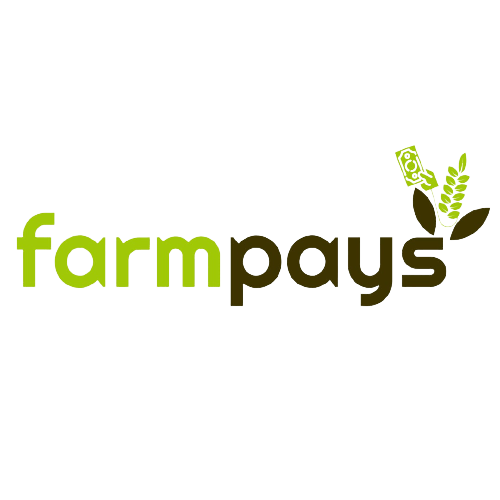
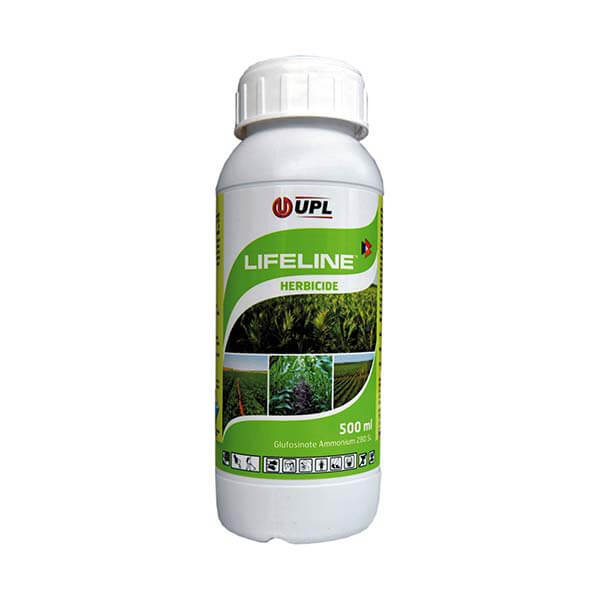
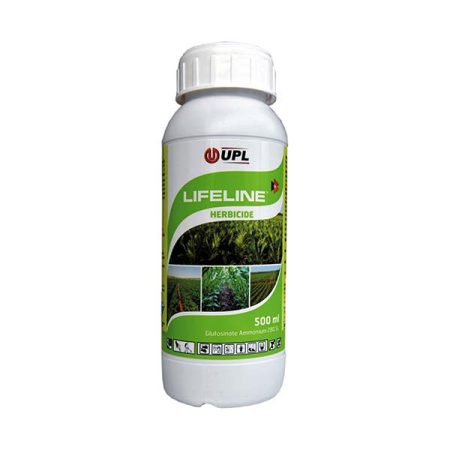
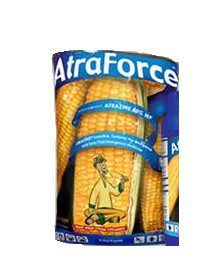
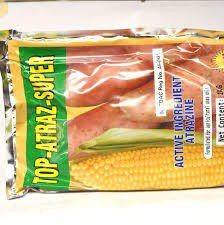
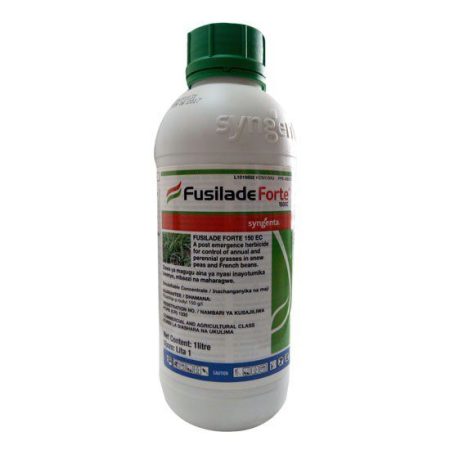


Reviews
There are no reviews yet.